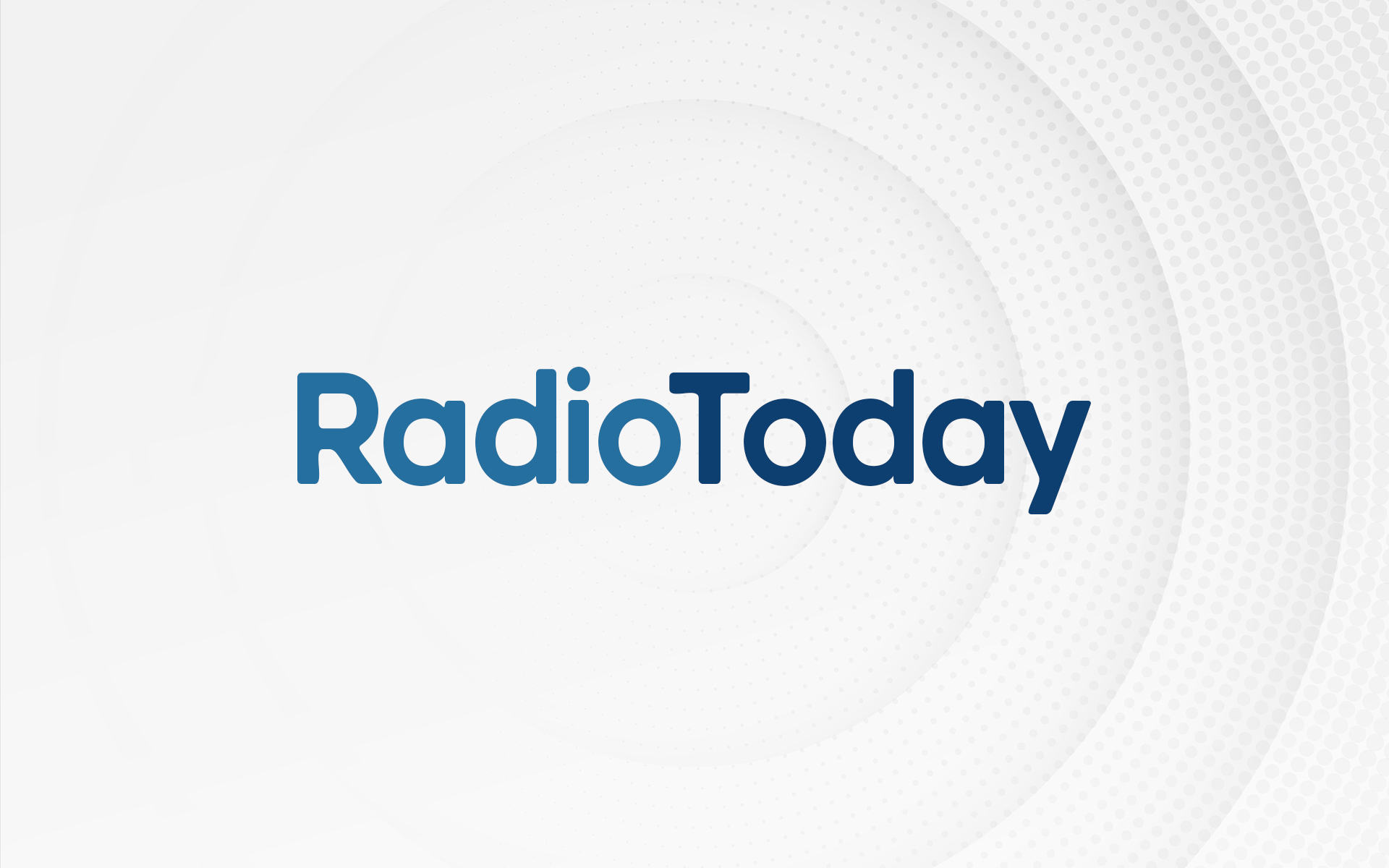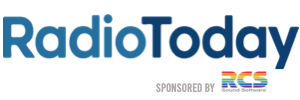
Digital radio. Saviour of the radio industry. Cool. New. Crystal clear. CD-quality sound. Loads more choice. Well, some of it’s true, some of it isn’t; sometimes the listening public care, sometimes they don’t.
I spent two days at the Digital Radio Show at London’s Olympia at the beginning of this month. All the digital radio industry’s biggest names turned out to talk about what they think should be happening right now. After an opening keynote speech from Paul Eaton, head of radio at Arqiva, Glyn Jones – Director of Operations at Digital One – spoke about success: “To be successful, you need to… be stubborn”. Which is probably true, but given that everyone – no matter their ‘side’ in the whole thing – is stubborn, maybe it’s not so wonderful.
Outside the auditorium was a small but substantial exhibition with a range of products being touted from Orban – with an impressive range of gorgeously processed AAC+ streams to show-off to all – to WRN and from WRN to VT Communications. But most interestingly, Morphy Richards came along with their new DRM+/DAB/FM/AM hybrid. So, is there any agreement on where digital radio should going?
Most seemed to nod their heads when “we’ve all agreed to one standard!” was to be mentioned, which is, I suppose, a feat in itself. Woz Ahmed from Imagination Technologies, who supply most of the chips and other bits for DAB radios, thinks that “digital radio should be free”. Which illustrates a further point…
Digital radio proverb #1: “We are all in it to make the best of it for ourselves and our companies.”
If I work for a national AM radio station, DAB’s great. If I work for a local sallie station for a town without a multiplex of it’s own, DAB just isn’t good enough. If I work for a digital radio manufacturer, I’m going to want… well, what you want depends on what you make. Mr Ahmed touched upon having DAB enabled mobile phones, which would be good for his company – more cash – but bad for Rhianon Lucas from Intempo, who said, “Intempo Digital offers a uniquely ?Lifestyle? DAB brand ? unlike our competitors we promote tangible benefits with proven market demand such as ease of use, rather than complicated technical features and jargon.”
So there are two schools of thought that are very different from each other: you can either get DAB in through the backdoor – by putting it in everything – or you can make a big, loud feature out of it. But at the end of the day, it’s just a tick in the big RAJAR box of life – isn’t it?
It seems that even after giving away stylish and sleek DAB radios via the truckload, GCap Media believe in partnership and convergence: “It?s about organisations coming together to create something inspirationally new for consumers”, believes GCap’s Director of Technology, Andrew Singleton. Mr Singleton wants to see new “inspirational consumer offerings” and new alliances emerge in the digital radio market.
What would happen if my iPod Nano and my pocket-sized Philips DAB radio had a baby? What would happen if iPods were sold both with MP3 and AAC functionality to play your iTunes music, but could also receive XFM and Radio 1 on the bus on the way home?
Peter Davies, Ofcom’s man in action at the show, believes that DAB currently offers the best mobility, portability and the best for local radio services – and Ofcom plans to facilitate more DAB services.
They hope that subject to RRC, the first new local multiplex and the third national multiplex can be advertised before the end of this year and awarded in 2007 – hopefully to go on air perhaps around the beginning of 2008.
But Mr Davies’ audience were presented with this:
“DAB by itself may not be enough – Problem of:
- Smaller stations ? commercial and community
- Remote areas
- DRM may be a complement to DAB
- Areas better tailored for individual stations
- Easier to cover remote areas
- Maybe further choice in existing markets ? e.g. the UK?s national commercial AM stations could be re-engineered”
Multiple standard receivers were also mentioned – as well as the AAC/AAC+ codec. It’s so good, it’s bad! Or is it?
Integrated sets are seen as important by Mr Davies, who talked about a joint DAB and DRM solution for most of Europe; a mass-market for manufacturers and perhaps even joint DAB support for MPEG-2 and AAC, and possibly a new, stronger brand – possibly Digital Radio DR?
“Five million bricks”, remarked Joan Warner of Commercial Radio Australia. Could she, in the long term, be right? Could Ofcom opt for a gradual switch to AAC+ from MPEG-2 and please a number of ‘DAB+’ supporters?
One thing’s for sure, there’s no one consensus on anything and there’s still a lot of debate to be had.
But perhaps things are changing, slowly. For better or worse depends entirely on where you stand on the issue. Or how much you stand to win or lose.
The next of the features following on to the Digital Radio Show will be ‘Digital radio: Europe and the World”, an international look at digital radio. What do you think about digital radio today?

